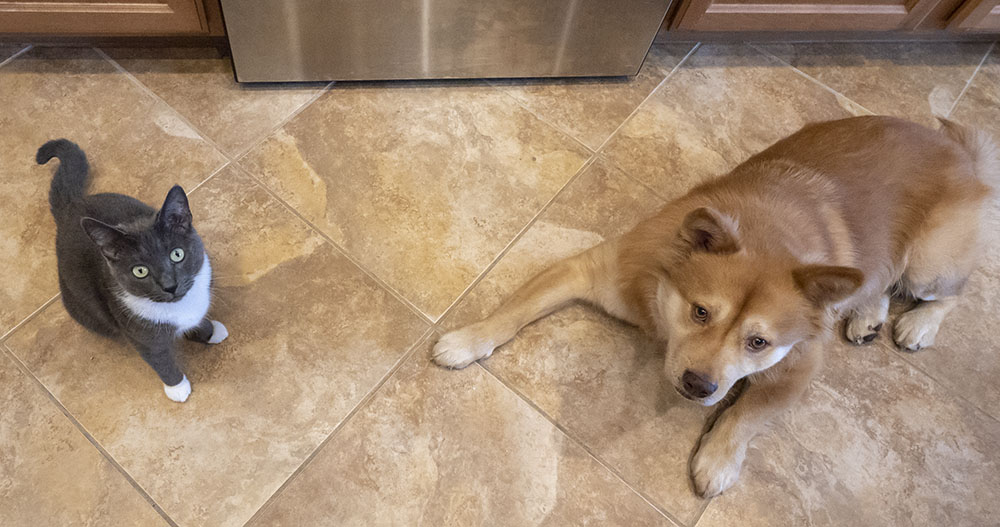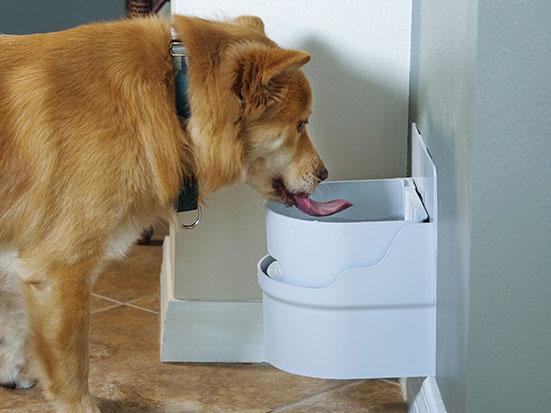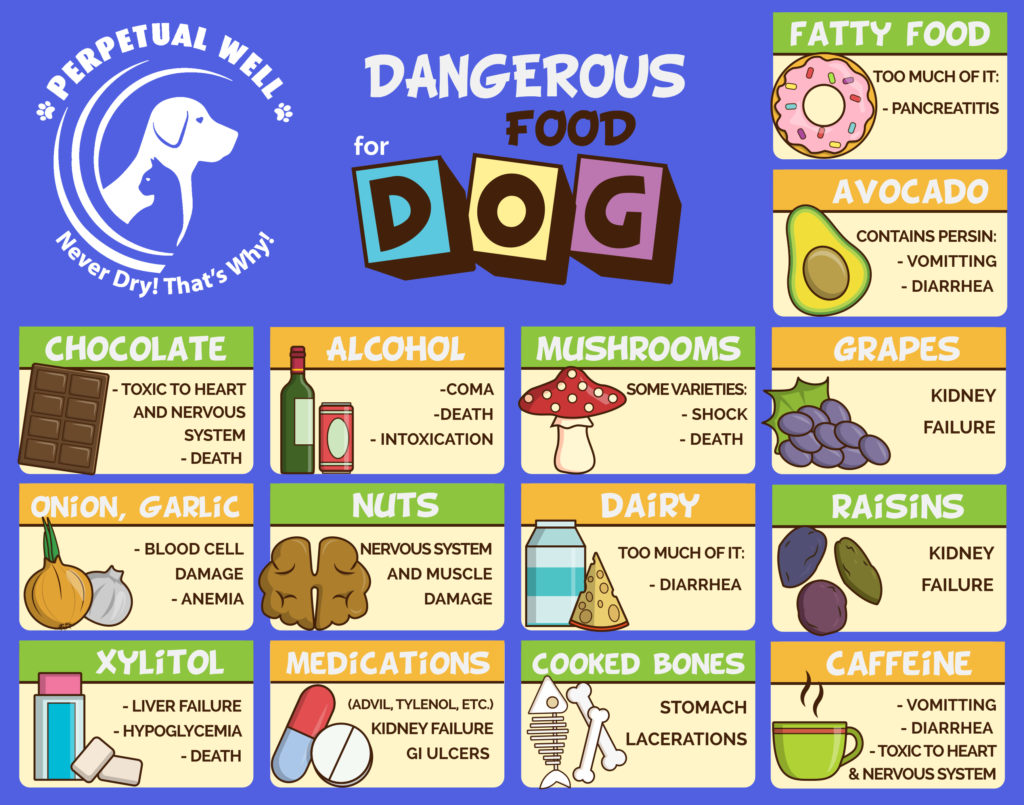Soon the holidays will be arriving. Along with the celebrations, delicious meals, and splendid decorations, there are inherent dangers to our pets in some of these things. For example, the rich foods that we so enjoy may cause gastrointestinal problems to our dogs and cats. Table scraps from Thanksgiving dinner may be too greasy for some or may contain turkey bones that could puncture an intestine. Best to avoid those pleading eyes, and provide safe treats instead.
At times our furry friends can be sneaky. I remember when one of my dogs saw a glass of rum punch sitting on a table. While I was out of the room, she decided to do a taste-test. Of course she loved it and kept sipping. She was a dog who suffered from pancreatitis. Needless to say, she experienced a bout from this experience.
Often we decorate our homes with lovely holiday plants. Some of these can be very toxic to dogs and cats. Poinsettias are frequently used as such an example, but in reality, it is their sap that is mildly toxic, not the flowers or leaves. On the other hand, mistletoe and holly can cause mild to severe issues if ingested. The holiday kits of amaryllis, daffodils, and members of the lily family are especially toxic to cats, with daffodils being bad for both dogs and cats. Even our Christmas trees can be a problem, not to mention tinsel and broken ornaments that may be attractive to pets.
For those who live up north with ice and snow, there are additional problems. The salt that is used to melt the ice and snow can be hurtful to paws, so best to check and clean paws after a walk on treated walkways. It is possible to purchase salt which is pet friendly. Another item that attracts pets is antifreeze that may have dripped out of car engines. This is very dangerous if consumed.
This is also the time of year in cold climates that people put out poison to get rid of mice. This is attractive to pets and can be fatal if ingested. I know of a size-able lab who got into this poison in his owner’s garage. Despite getting him to the vet, he did not survive. Such poison should best be secured in a metal box and placed safely out of reach.
This all sounds scary, but as responsible pet owners, we can avoid most of these dangers by being aware of the dangers and monitoring our pets.
Protect Your Pets from Fleas and Ticks in the Fall
Fleas and ticks are often seen as a summer problem, but both can show up all year round and it is just as important to keep your pets “visitor free” in the fall. In fact, early fall is one of the worst times for fleas.
Good flea and tick prevention is, thus, a year-round concern. One specific fall concern is leaf piles. Dogs (and cats that are allowed outdoor time) love to play in leaf piles. However, these piles can also be a haven for all kinds of insects, including fleas and ticks. It’s best to sweep them up right away and dispose of them properly. Other garden debris can also attract fleas and ticks. Ticks are also found in tall grasses, so keep mowing your lawn until the grass has become completely dormant. Also, remove dead annuals and other brush debris from around your home.
Throughout the fall, you should check your dog for signs of fleas such as obsessive scratching. The growth of the winter coat can provide a better environment for fleas to hide in. Regular brushing can help deal with fleas and also reduce the amount of itching caused by shedding. If your dog likes to sleep outside in the pleasant fall weather, then make sure to clean their “den” regularly. Remove food and water bowls after use, otherwise, they might attract raccoons and opossums. Wash pillows and upholstery regularly, and resist the temptation to boot an elderly couch out onto the porch for the dogs, as it is likely a perfect flea nest. Check for ticks as soon as the animal comes inside.
Don’t forget your indoor cat either. Indoor cats can get fleas as well, generally hitch-hiking in on other people’s clothes, your dog, or that mouse they helpfully killed for you.
Fall is a time when many owners think the risk of their pets getting fleas goes down. However, that is not necessarily the case. Flea and tick prevention is a year-round thing, and responsible owners make sure to keep their pets safe.
Perpetual Well automatic dog water bowl

Six Tips to Help Your Dog to Lose Weight
Six Tips to Help Your Dog to Lose Weight
When you love your furry friend, it can be easy to spoil them to the point where they start to get a little pudgy. Of course, when your dog carries extra weight, it can damage their overall health. As such, you will no doubt be keen to help them lose their extra pounds.
During your dog’s weight loss journey, you may find these tips to be helpful:
1. Go easy on the treats
Giving your dog too many treats is a sure-fire way to make them gain weight. Many dog treats are high in fat and calories, so giving your dog too many of them will make them pack on the pounds. According to most veterinarians, treats should make up no more than 10 percent of your dog’s calorific intake. If you want to help your dog lose weight, reduce this percentage to 5 percent or less to create a calorie deficit.
2. Bring out the leash
Gradually increase the intensity and duration of your daily walk to help your dog lose weight. As with humans, exercise helps your dog cut calories – in addition to helping them become stronger and fitter. Start by adding a few minutes to each day’s walk and slowly build this up to an hour walk per day. For even quicker weight loss, increase your speed to a brisk walk or even a run. These longer and quicker walks will help to make you a little fitter as well.
3. Change up their diet
The internet is a great resource for weight management tools for your pet. Among these are nutritional calculators that show you how much your pet should be eating on a daily basis. There are also daily meal plans for both maintenance and weight loss diets for your dog. Use these to calculate how much you should be feeding your dog to ensure weight loss and to determine what foods are best for this purpose.
4. Stock up on supplements
There are a number of supplements that are both safe and effective to help your dog lose weight. These include L-carnitine, omega three fatty acids and white kidney bean extract. They help by blocking the breakdown and absorption of carbohydrates and moving more fatty acids to the cells so that they can be burned faster. As always, consult your vet before using supplements on your pet in order to avoid overdosing them.
5. Plenty of Fresh Water
A well-hydrated dog will eat less, using an Automatic Dog Waterer like the Perpetual Well will ensure your dog has access to fresh water all the time. Being well-hydrated will also help with the circulation of blood, digestion, and removal of waste.
6. Check for underlying health conditions
Certain health conditions such as hyperthyroidism and Cushing’s disease can cause weight gain in dogs. Getting these diagnosed and treated properly will help your dog lose and maintain a healthy weight.
In Closing
Helping your dog lose weight can be a bit challenging at times. However, as long as you carefully follow the advice contained in this article, your dog will soon lose those unwanted pounds.

The Top 5 Most Dangerous Foods For Your Dog
Every owner has had an instance of their dog suddenly becoming ill with GI upset. Vomiting, diarrhea, lethargy and more make your dog look and feel pitiful and make you feel guilty as an owner. While most cases of GI upset are minor from overeating too rich of foods, there are some cases where eating a particular food could be extremely dangerous. Read about the following top 5 foods to avoid feeding your dog and save yourself a trip to the emergency vet.
Chocolate
Chocolate is probably the most well-known toxic food to dogs. This is due to methylxanthines, a substance found in the cocoa plant. When eaten by dogs, the substance causes problems such as vomiting, diarrhea, lethargy, changes in energy levels, tremors and more. As methylxanthine amount increases with higher cocoa content, darker chocolates are more toxic than lower cocoa products such as milk or white chocolate. However, chocolate should be avoided at all costs to be on the safe side.
Grapes
Grapes and raisins caused a big scare in the media a few years back, and for good reason. Grapes and raisins can cause devastating effects in dogs, leading to kidney damage and failure. Just one or two grapes can be enough to cause problems in extremely sensitive dogs. While it is still unknown just why this may be, it is best to avoid these foods completely.
Xylitol
Xylitol is an artificial sugar often found in sugar-free gums and other sugar-free products. Xylitol contains compounds in it that cause an overload of insulin dogs and can cause toxicity when ingested. In addition to vomiting and diarrhea, dogs may have other symptoms, such as seizures or tremors. Xylitol can cause liver damage that may be permanent or fatal, so keeping sugar-free products and gums out of reach is best.
Onions/Garlic
There are mixed results about whether or not onions and garlic are truly toxic, but they have been known to cause some serious side effects in dogs. Most dogs will only experience GI upset such as vomiting and diarrhea, however, in some dogs, there may be damage to the red blood cells (the ones that carry oxygen to different parts of your body) if enough garlic or onions are consumed. It is best to limit or avoid these foods.
Certain Nuts
Certain nuts such as macadamia nuts can cause tremors, depression, anxiety, vomiting, and diarrhea within hours of eating. While not outwardly toxic, other nuts can cause problems due to their high-fat content and high salt content when commercially prepared. Excessive vomiting and diarrhea can lead to dehydration easily, which can become a big problem.
Sticking to dog-safe foods is the best option, and if you really want to give your dog a special treat, a piece of boiled chicken or turkey is a great way to entice him or her without danger. Dogs have sensitive GI tracts, so sticking to a healthy, balanced, and safe diet will help minimize any digestive upset. If your dog does eat a potentially toxic substance, it is best to contact Animal Poison Control or your local veterinarian immediately.

